What Vegetables Can Cats Eat Raw? (6 Recommendations)
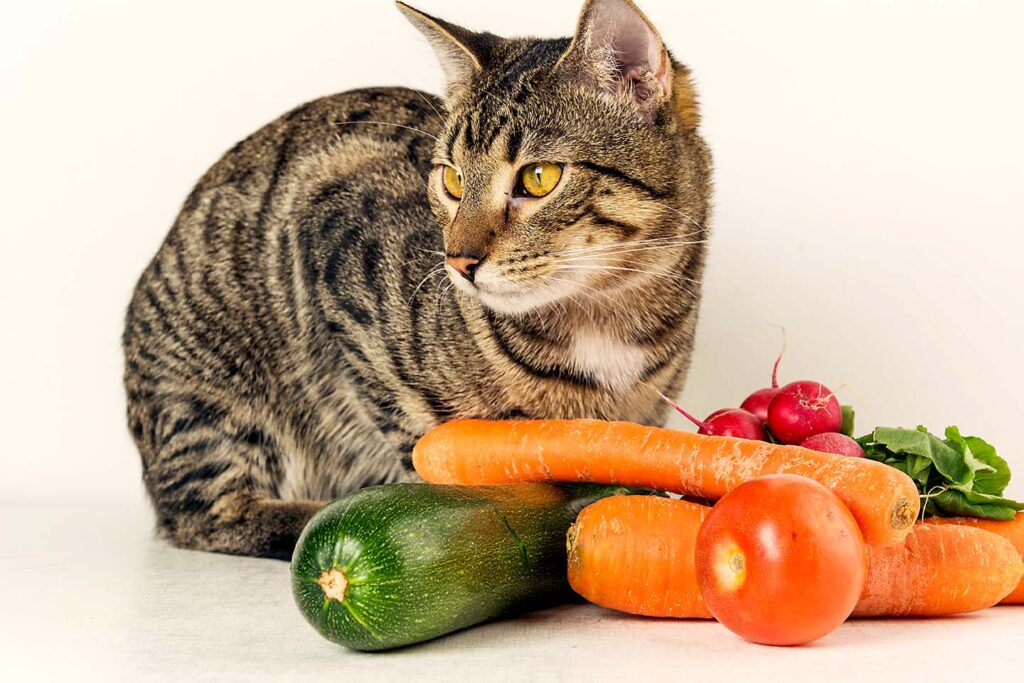
Cat & vegetables. Colorful close up photo with cat and vegetables. Healthy food.
When it comes to the dietary needs of our pets, we often focus on providing them with high-quality commercial cat food. While cats are obligate carnivores and primarily require a meat-based diet, some vegetables can be safely included in their meals. However, Incorporating certain vegetables into their diet can offer numerous health benefits. In this article, we’ll explore the topic of what vegetables can cats eat raw, and why adding these veggies to their diet can be beneficial for their overall well-being.
Understanding a Cat’s Digestive System
Cats have a unique digestive system that reflects their evolutionary adaptation as obligate carnivores. Their short digestive tracts are specifically designed to process and extract nutrients from animal-based protein sources. Unlike herbivores or omnivores, cats lack the necessary enzymes, such as amylase, to efficiently break down plant matter.
Due to their carnivorous nature, cats have a limited ability to digest carbohydrates and derive energy from them. Plant-based proteins are also not as biologically available to cats as animal proteins. However, while cats may not fully digest and utilize the nutrients from vegetables, others can still provide certain health benefits when incorporated into their diet in small amounts (to be discussed later in the article).
In short, cats can eat certain vegetables that are healthy and beneficial for them.
Introducing Vegetables into Your Cat’s Diet
When it comes to incorporating vegetables into your cat’s diet, a gradual approach is key to ensure a smooth transition and prevent any potential digestive issues. Begin by introducing a small quantity of finely chopped or grated vegetables alongside your cat’s usual food. By mixing these new additions, you can help your feline friend become familiar with the flavors and textures.
As you observe your cat’s reaction and assess their tolerance, you can gradually increase the portion size if they show a positive response.
You may also seek guidance from your veterinarian before implementing any significant modifications to your cat’s diet. They can provide valuable insights and ensure that the vegetables you choose are safe and appropriate for your cat’s specific needs. This is particularly important if your cat has some pre-existing medical questions which may require a special diet.
Vegetables That Are Safe for Cats to Eat Raw:
Here is a list of vegetables that cats can eat raw (safely).

Carrots:
Carrots are not only safe for cats to eat raw but also offer a multitude of benefits. Packed with vitamins A, C, and K, as well as fiber, carrots promote healthy eyesight, support immune function, and aid in digestion. Additionally, their crunchy texture can help clean your cat’s teeth and freshen their breath. You can grate or finely chop carrots to make them easier for your cat to chew and digest.
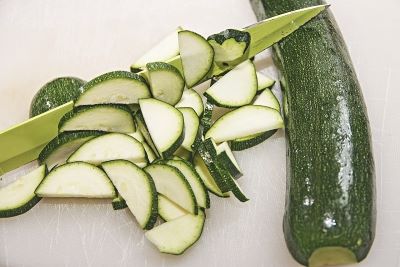
Zucchini:
Zucchini is a hydrating vegetable that is low in calories and high in water content, making it an excellent choice to keep your cat hydrated. It also contains essential nutrients like vitamin C and potassium. To serve zucchini to your cat, slice it into small, manageable pieces that they can easily munch on. Ensure the zucchini is fresh and free from any added seasonings or spices.
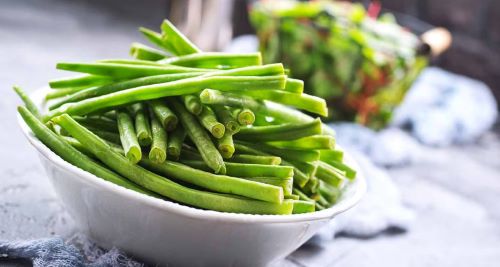
Green Beans:
Green beans are a nutritious option for cats, as they are rich in fiber, vitamins (such as A, C, and K), and minerals like iron and calcium. These beans can help promote healthy digestion and support weight management. Steam or blanch the green beans before offering them to your cat to make them softer and more easily chewable. Be cautious not to add any seasonings or additives that could be harmful to your cat.
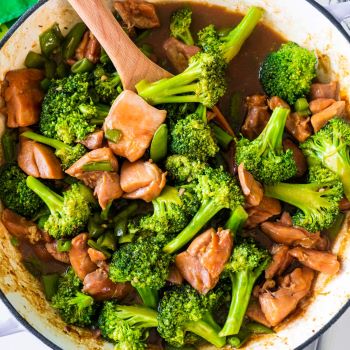
Broccoli:
Broccoli is a nutrient-dense vegetable that provides an array of health benefits for cats. It contains vitamins A, C, and K, as well as essential minerals like calcium and folate. However, it’s important to serve broccoli in small, finely chopped pieces to avoid any potential digestive issues, as some cats may struggle to break down the fibrous components. Keep in mind that broccoli should only be a small part of your cat’s overall diet, and excessive consumption can lead to gas or upset stomach.
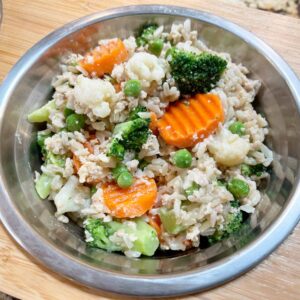
Peas:
Peas offer a valuable source of plant-based protein and fiber for cats. They also contain essential vitamins and minerals, including vitamins A, B, and K, as well as potassium and iron. Cats can enjoy peas either raw or lightly steamed. However, it is crucial to avoid adding any seasoning or salt, as excessive sodium can be harmful to felines. Remember to serve peas in moderation as part of a well-balanced diet.
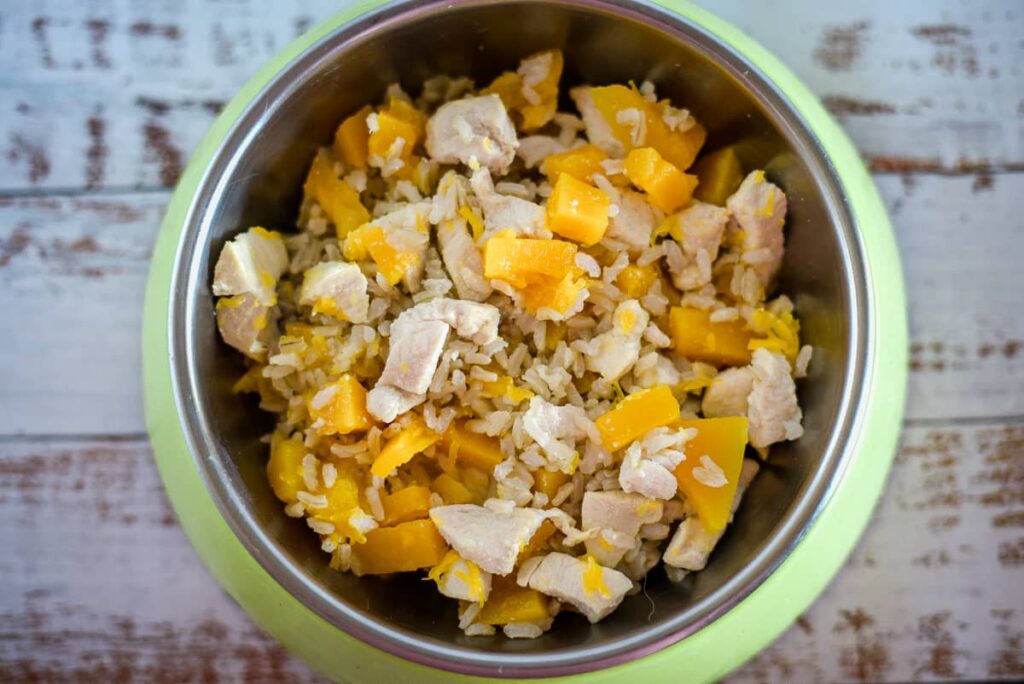
Pumpkin:
Pumpkin is often recommended for cats with digestive issues due to its high fiber content. It can help regulate bowel movements and alleviate constipation or diarrhea. When offering pumpkin to your cat, ensure it is fresh and pureed. Avoid using pumpkin pie filling, which may contain added sugars or spices that can be harmful to your feline companion. Gradually introduce pumpkin into your cat’s diet and monitor their response to determine the appropriate serving size for their needs.
Preparing Vegetables for Your Cat:
When preparing vegetables for your cat, it’s important to follow some general guidelines to ensure their safety and enjoyment. First and foremost, select fresh vegetables that are free from pesticides or other harmful chemicals. Organic options are often a good choice. Before serving, make sure to wash the vegetables thoroughly to remove any dirt or potential contaminants.
Certain parts of vegetables, such as seeds, pits, or tough skins, can pose a choking hazard or be difficult for cats to digest. Therefore, it’s crucial to remove these parts before offering the vegetables to your furry friend. Additionally, cutting the vegetables into small, bite-sized pieces can make them easier to consume and reduce the risk of choking.
A good rule of thumb is to check whether the vegetables are fit for human consumption. If yes, then it’s ok for your cat as well.
The Health Benefits of Raw Vegetables for Cats:
Nutritional Value
Raw vegetables provide cats with essential vitamins, minerals, and antioxidants that contribute to their overall well-being. For instance, carrots contain beta-carotene, which is converted to vitamin A in their bodies, promoting good vision and a healthy immune system. Zucchini is rich in vitamin C, which supports the immune system and aids in collagen production for healthy skin and joints. Green beans offer a good dose of vitamin K, which plays a crucial role in blood clotting and bone health.
Hydration:
Many vegetables have high water content, which can contribute to your cat’s hydration. Cats are notorious for having low thirst drives, and incorporating moisture-rich vegetables like zucchini and cucumber into their diet can help maintain proper hydration levels, supporting their urinary tract health.
Digestive Health:
The fiber present in certain vegetables aids in digestion and can help prevent constipation in cats. Broccoli and green beans, for example, are rich in fiber, promoting regular bowel movements and ensuring a healthy digestive system.
Weight Management:
If your cat is overweight or prone to obesity, incorporating raw vegetables into their diet can be beneficial. Vegetables are low in calories and can help create a feeling of fullness without contributing excessive calories. This can aid in weight management and prevent overeating.
Vegetables to Avoid Feeding Your Cat:
It’s important to be aware of the vegetables that are not suitable for cats to consume. Here is a list of common vegetables that should be avoided when feeding your feline friend:
- Onions, Garlic, Chives, and Leeks: These vegetables belong to the Allium family and contain compounds that can damage a cat’s red blood cells, leading to anemia. Whether in raw, cooked, or powdered form, these ingredients should be kept away from your cat’s diet.
- Tomatoes: While ripe tomatoes may not be highly toxic to cats, they are a part of the nightshade family and contain solanine, a substance that can be harmful to felines. Green, unripe tomatoes, and the leaves and stems of the plant are particularly toxic and should be strictly avoided.
- Avocado: Avocados contain a substance called persin, which can be toxic to cats in large amounts. While the flesh of the avocado is not typically harmful, it is best to avoid feeding your cat this fruit altogether to prevent any potential complications.
- Grapes and Raisins: While not a vegetable, it’s important to note that grapes and raisins can be toxic to cats and should never be included in their diet. They can cause kidney failure and other serious health issues.
- Mushrooms: Many types of mushrooms can be toxic to cats, even in small amounts. To ensure your cat’s safety, it’s best to avoid feeding them any type of mushroom.
Remember, this list is not exhaustive, and there may be other vegetables that can be harmful to cats. It’s always a good idea to consult with your veterinarian before introducing new foods into your cat’s diet to ensure their safety and well-being.
Conclusion:
Incorporating raw vegetables into your cat’s diet can provide additional nutrients, hydration, and digestive support. However, it’s crucial to offer them in moderation and select vegetables that are safe and beneficial for feline consumption. Remember to consult with your veterinarian before making any significant changes to your cat’s diet, and monitor their response to ensure they enjoy the benefits of a well-rounded and balanced nutritional intake.


